How To Care For Artificial Plants
Camellia GreenIt’s no doubt that artificial plants can transform a space. When made from fine, quality materials, silk plants can easily be mistaken for an actual living replica. However, one of the biggest issues with artificial plants is that they - just like with everything else - collect dust overtime and will unseemly lose their luster as time goes by. Since investing in high-quality silk plants can be expensive, we want to make sure you know how to take care of them and making sure they’re always looking their best. In doing so, not only will you help reduce the amount of dust and allergens in your environment, but you’ll help preserve the beautiful realism created by such a decorative silk accent. With just a little bit of TLC and a proper cleaning regime, your artificial plants will continue to showcase a “fresh from the garden appeal” for a long, extended amount of time.
In order to thoroughly cleanse and spruce up your artificial plants from dirt and dust, we recommend you use the following cleaning products:

A pair of disposable gloves
Cotton balls
A feather duster, toothbrush, or paintbrush
A microfiber cleaning cloth and/or spare cleaning towelettes
A handheld vacuum cleaner
Start by dusting and removing any excess dirt, dust, and debris from your artificial plants. You can do this by either:
Running your feather duster over your artificial foliage;
If easily portable, bring your artificial plant outside and use a paintbrush to remove any extra dirt that has accumulated not only on the faux-liage, but within the planter itself (like on the moss, rocks, and setting);

For hard to reach places (like the inside of a silk flower) use a toothbrush to remove dust that’s gathered in tighter-to-reach spaces;

Use a handheld brush attached to your vacuum to suck up any additional debris;

With your cloth to wipe down any silk leaves, textured trunks, and decorative pots/planters that show signs of (dis)color and dust;
When finished, apply a small drop of furniture polish to the microfiber cloth and wipe individual leaves for a light, natural sheen.
Please note all imagery featured is purely inspiration and not a product of Nearly Natural.




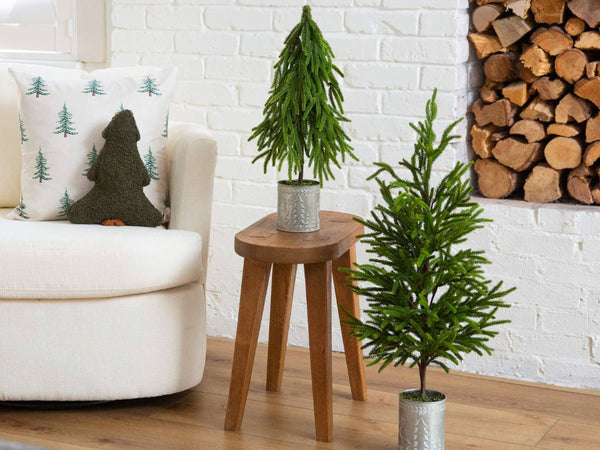
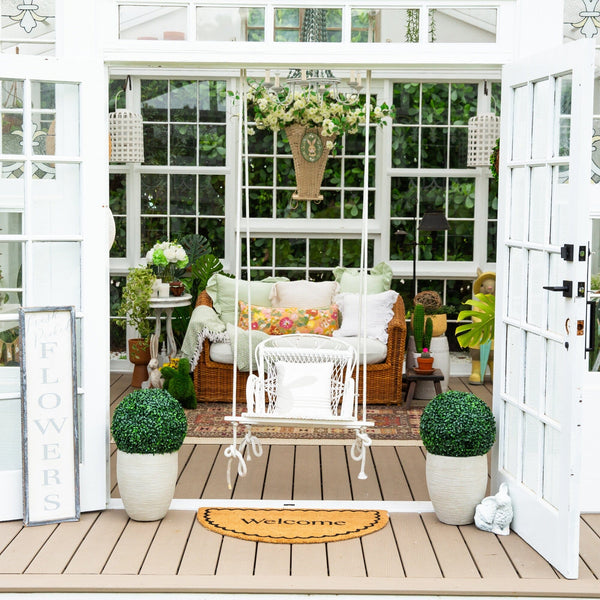
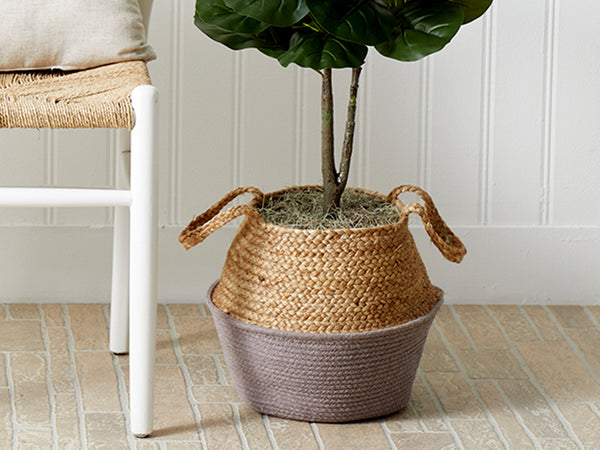
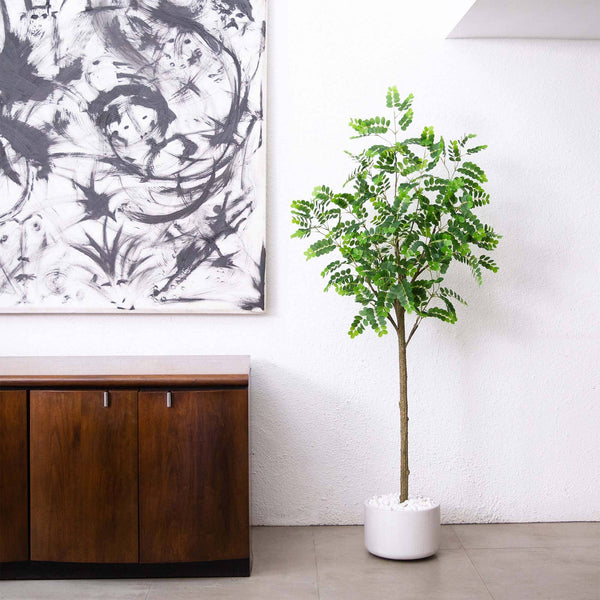
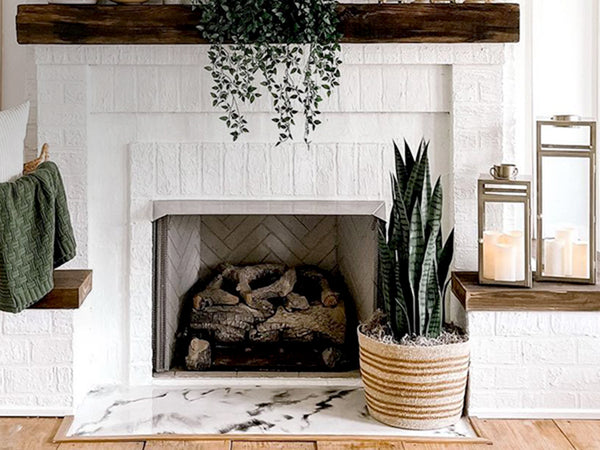
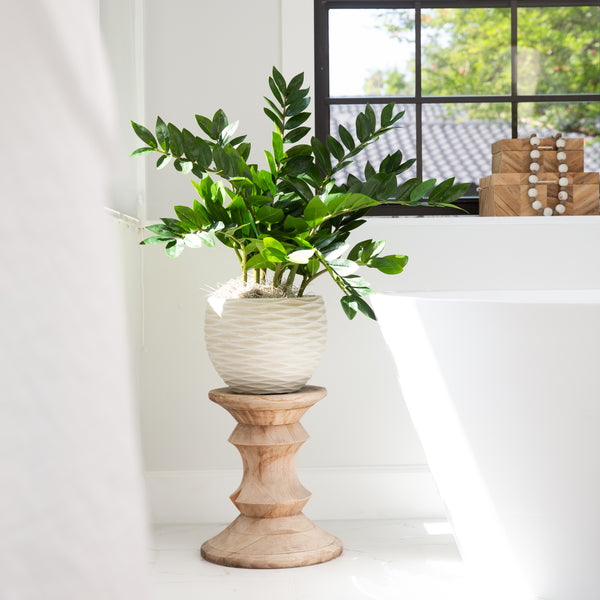
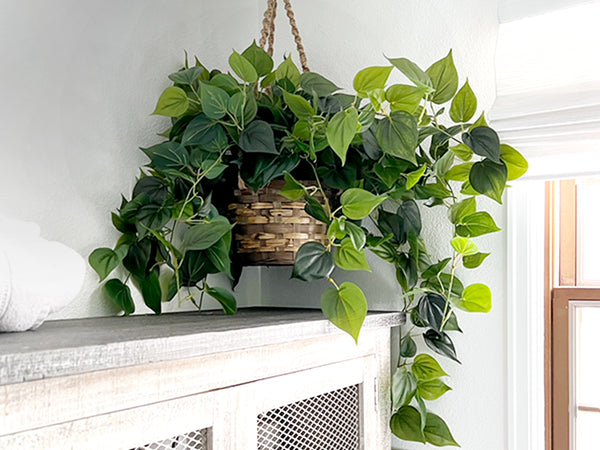

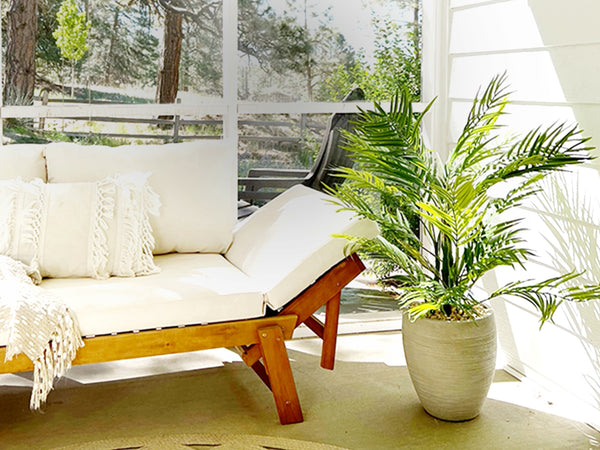

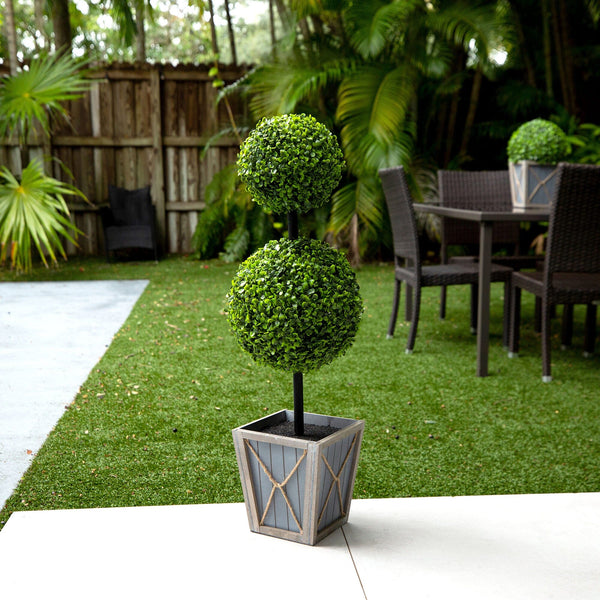


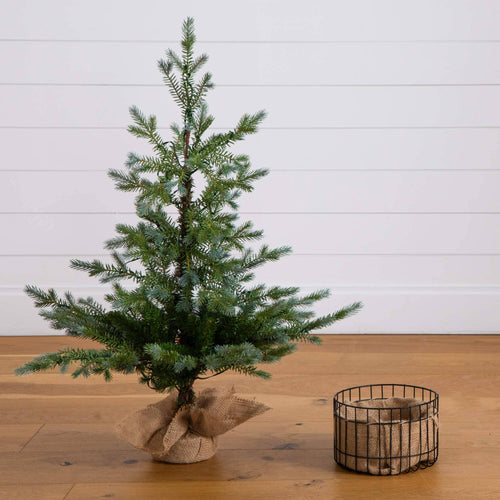
5 comments
I purchased 2 outdoor trees and just love them! However, I have neglected cleaning them. Is there any cleaner I can use on the leaves to bring them back to life? How about water? Please advise. Thank you.
I purchased 4 plants and 2 ficus trees through Amazon. The plants are great. However, the ficus leaves on the top half of the tree are all scrunched and folded. Wire on the leaves only go about 1/3 or 1/2 of the leaf, so I can’t straighten them. Will they unfold over time? Is there a way to make them straighter? Do I spray with water? Or just over time they will improve? Thank you.
C., some plants are not UV protected, thus get discolored and damaged when exposed to direct sunlight. Please read the product’s manual to see whether the plant is UV protected. Depends on the severity, you should be able to “restore” some of the colors via commercial artificial color paint.
Best,
Iakov F.
Marketing Specialist @ Nearly Natural
I have a artificial plant that the leaves over time, when exposed to the sun, turned from green to blue in color. Is there a spray and/or paint that can be applied to the leaves to restore the leaves back to their original green color?
I ust became a customer, and love my new trees. I use to shop an ultra expensive local artificial plant store/company when we were financially sound, and but barked at the ridiculous prices, because I had no options. (2 decades ago)
Well, our downsize “cottage” needed some botanical help, and I found you. I am thrilled.
This cleaning guide was helpful. Like most household chores, I hate it, but like the feeling of clean and organized.